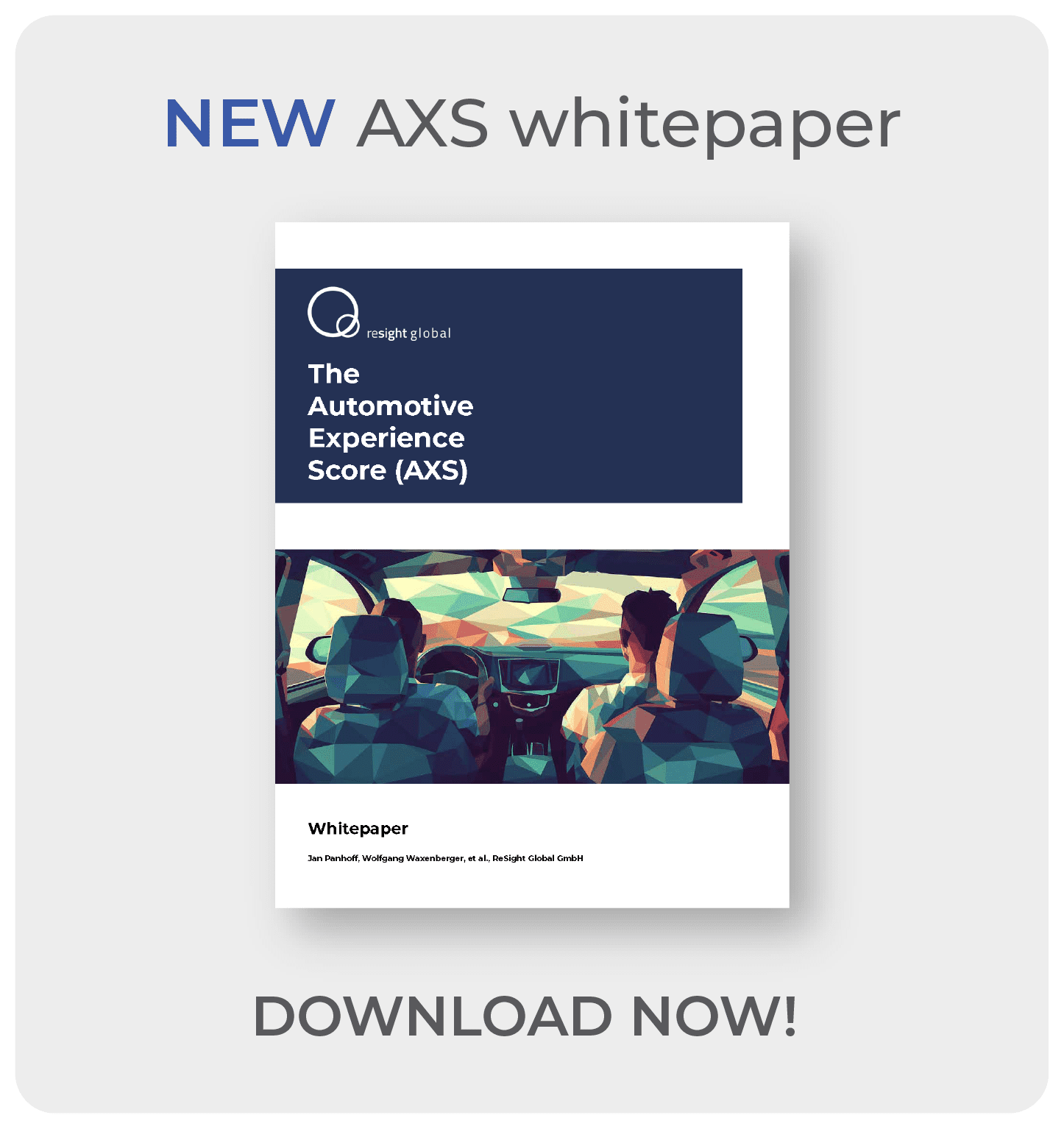According to a recent AAA survey, each American spends an average of 60 minutes in the car daily. That’s an hour to either appreciate the streamlined design of the in-car experience or to be frustrated by its shortcomings. User experience (UX) research is one of the most powerful tools auto manufacturers can utilize to enhance their users’ in-car experience and prevent design problems before they hit the ground. Below, we detail some important steps we’ve learned over the last two decades to prepare for effective on-the-road UX research.
Step 1: Define your approach.
To effectively prepare a research plan, decide how and what the research needs to accomplish. Defining an approach is always important, but a study conducted in a vehicle benefits significantly from a tailored research plan.
You’ll find more happening inside a car with its technology, accessories, and features than in any standard research lab. The research team will need to clearly decide the focus by pinpointing what the user should pay attention to and the lab technology to use during the research. For instance, if you’re looking into how well drivers navigate apps while moving, the research approach will differ from when you’re gathering general impressions about a new car’s dashboard. Testing app navigation demands a focused plan, zeroing in on specific areas and tasks. On the other hand, when you’re exploring perceptions of the dashboard, the research team casts a wider net to capture a broad range of feedback.
Step 2: Establish clear priorities.
Defining the research approach will help to establish priorities for the sessions. If the objective is to determine how users interact with a touchscreen device on busy roads, prioritize data surrounding user interaction with the device in a more urban area instead of a suburb to gain relevant feedback. Similarly, a study evaluating a voice command feature will entail different priorities than one to determine the ease of use of new buttons on a steering wheel. Prioritization of your objectives enables your research team to design a test scenario effectively because we know what is important to you.
Prioritization also makes it easier to prepare for data collection. Our research teams collaborate with auto manufacturers to determine study needs and create customized setups for different car types. We use methods like innovative streaming and recording, which allow us to broadcast in-car sessions live around the world; viewers can even pass questions to the moderator in the vehicle in real-time, enabling the researchers to tailor data to match stakeholder priorities.
Not only does prioritization help prepare for research, but it also allows the team to execute research appropriately. Prioritization enables the research team to map out driving routes if needed for on-the-road sessions, establish plans in case technology fails, and discuss how to tailor important lines of questioning on the go. When we know what matters most to your team, our researchers can determine what roads should be driven on, for what length of time, and when to change tasks during the session. Prioritization ensures that in case of worst-case scenarios (i.e., inclement weather, heavy traffic), the team can prepare with an eye for tasks that need to be done over feedback that may be less vital.
Step 3: Be adaptable.
With the benefit of high-fidelity research come unique challenges. Technology may lag or buffer in-car or on the road. Other drivers on the road can pose sudden safety concerns or a change in weather could threaten a session’s feasibility. Participants’ individual needs can also require flexibility. When working with users with accessibility needs, for example, researchers may need to plan stops for additional bathroom breaks or design the lab setup with caregivers or service animals in mind.
To manage the unique conditions of data collection, a research team with flexibility and creativity can pivot to finding solutions rather than pausing research. This may mean giving the participants time to stretch their legs and lengthening the session to make up for lost time or picking a backup route the research team had previously approved.
Ensuring success for automotive UX research
UX research provides impactful results to all aspects of automotive design—especially if your research team can approach in-car studies with a defined approach, priorities, and flexibility in mind.
Our global team is leading the future of designing next-gen auto experiences through data-driven decision-making. Our Automotive Experience Score (AXS) offers a comprehensive, on-demand solution to support confident design decisions and elevate your vehicle’s user experience.
Learn more about the robust methodology by downloading our free whitepaper, detailing the validated method used to produce the AXS.
Contact us with questions about automotive studies or your research needs! We’d love to hear from you.

